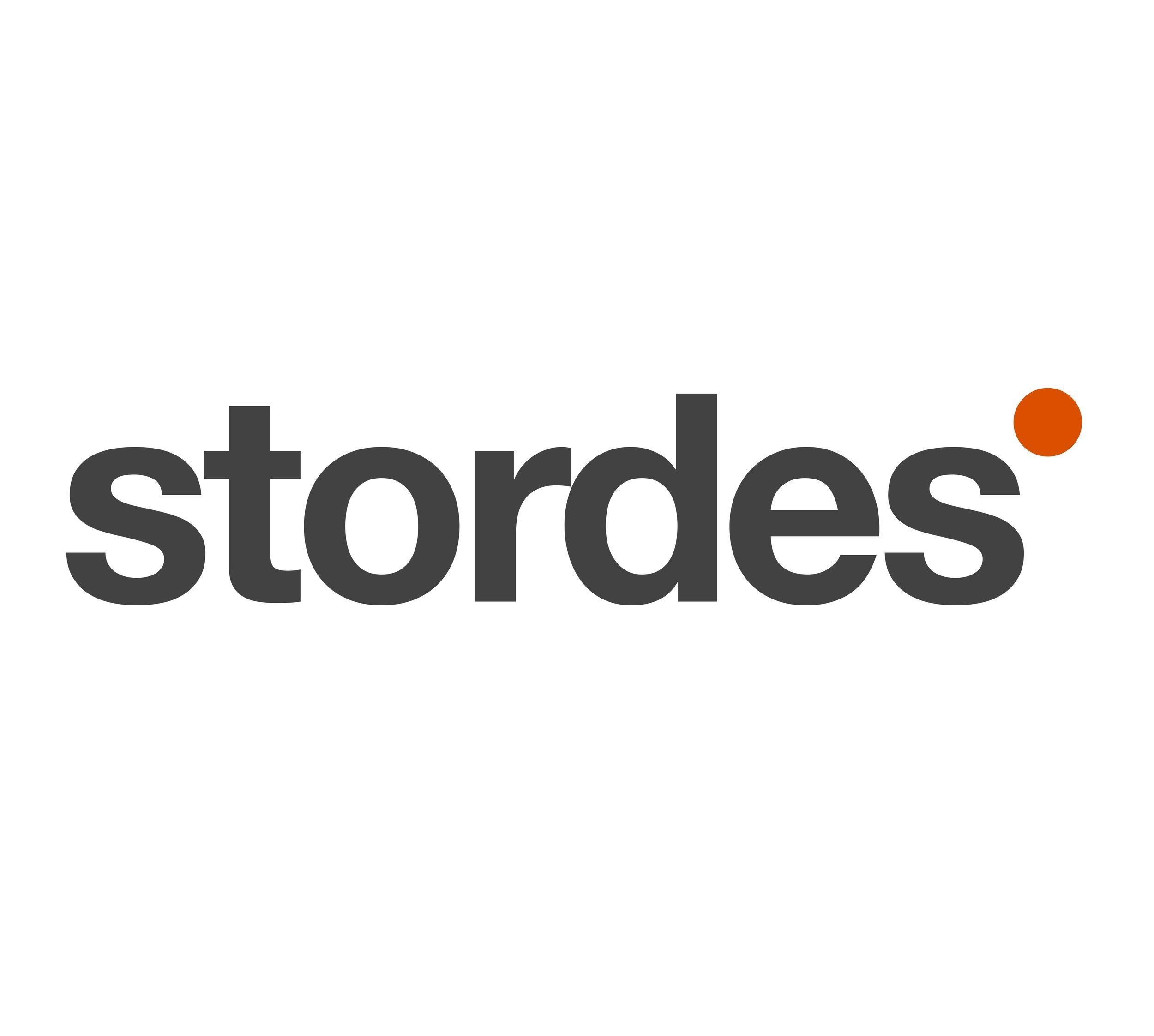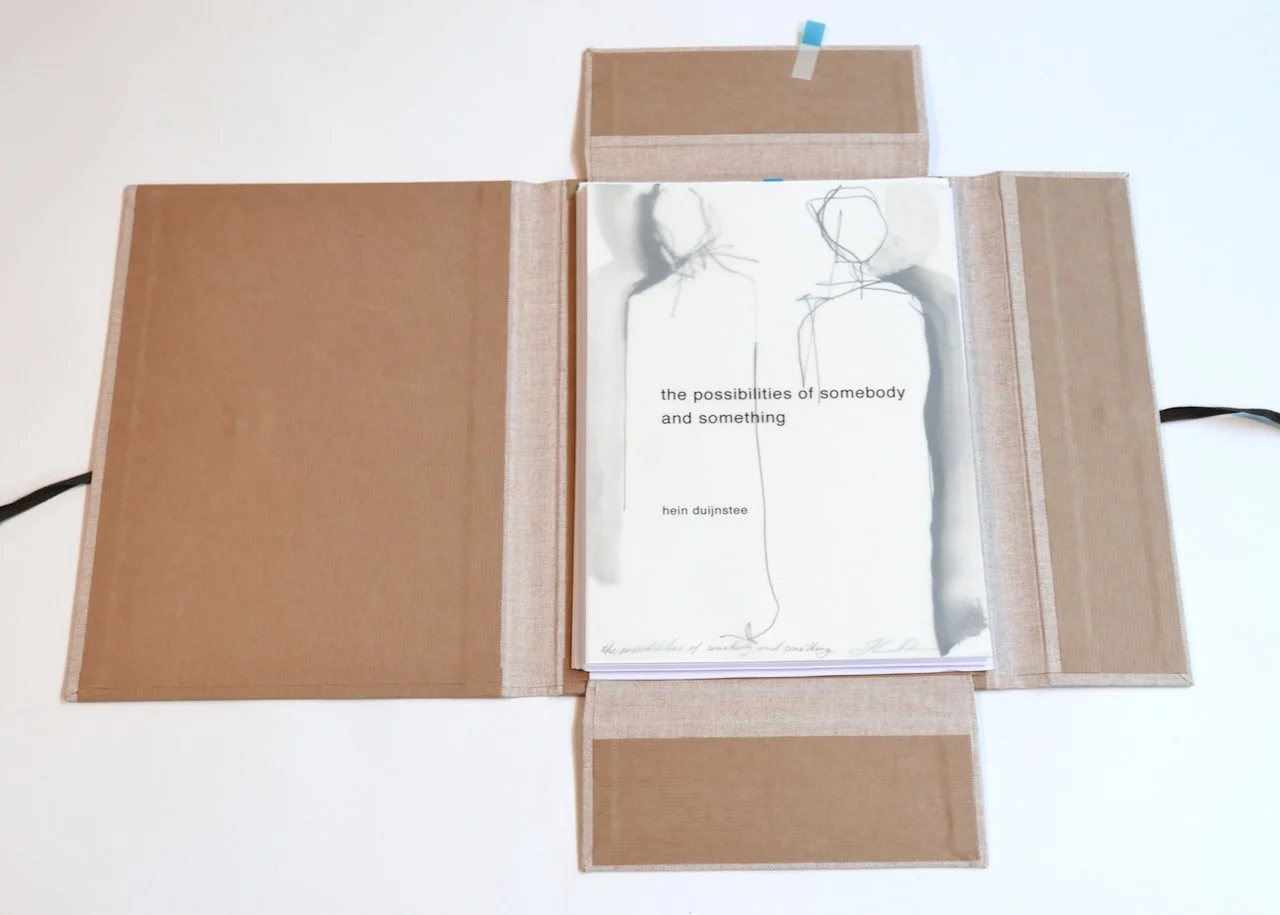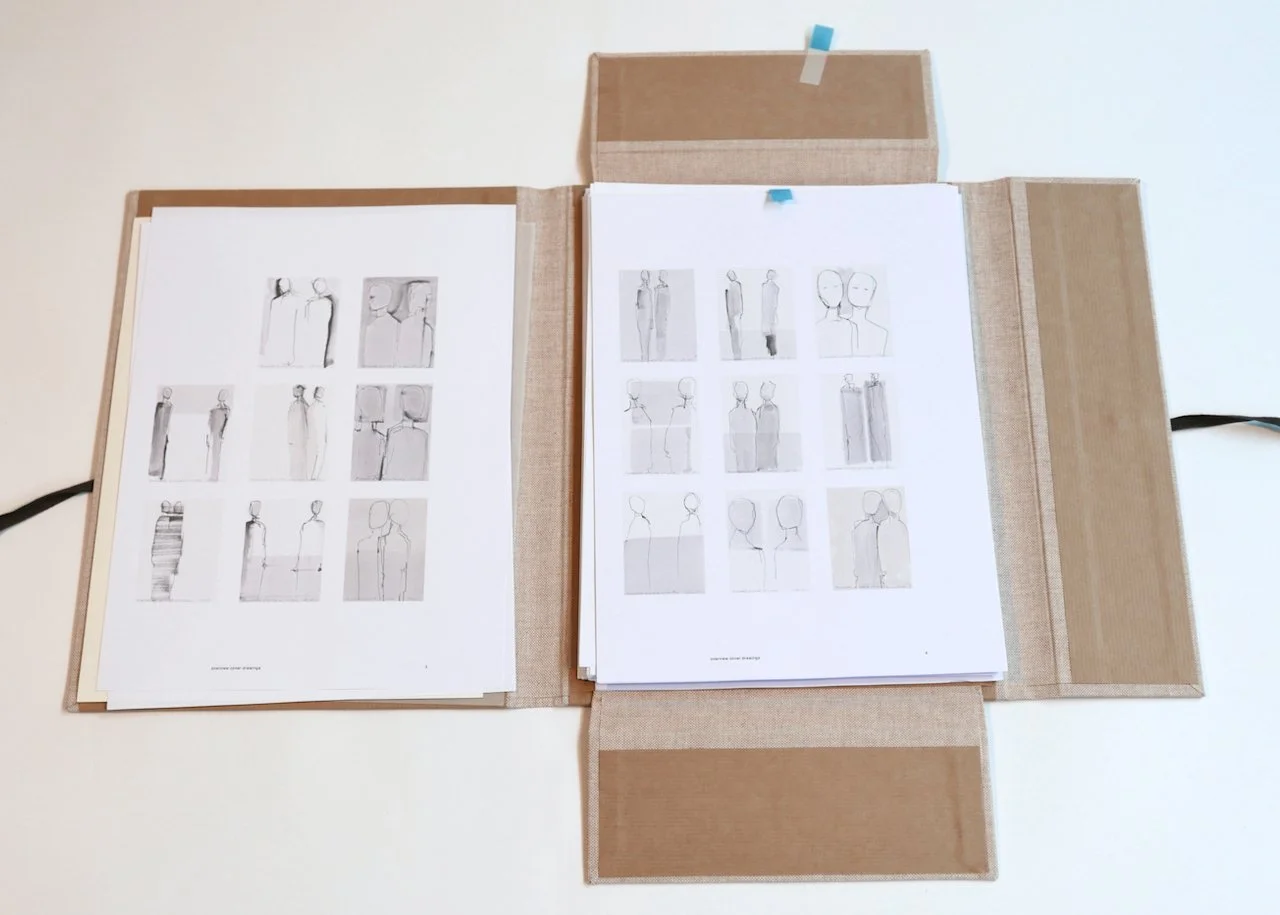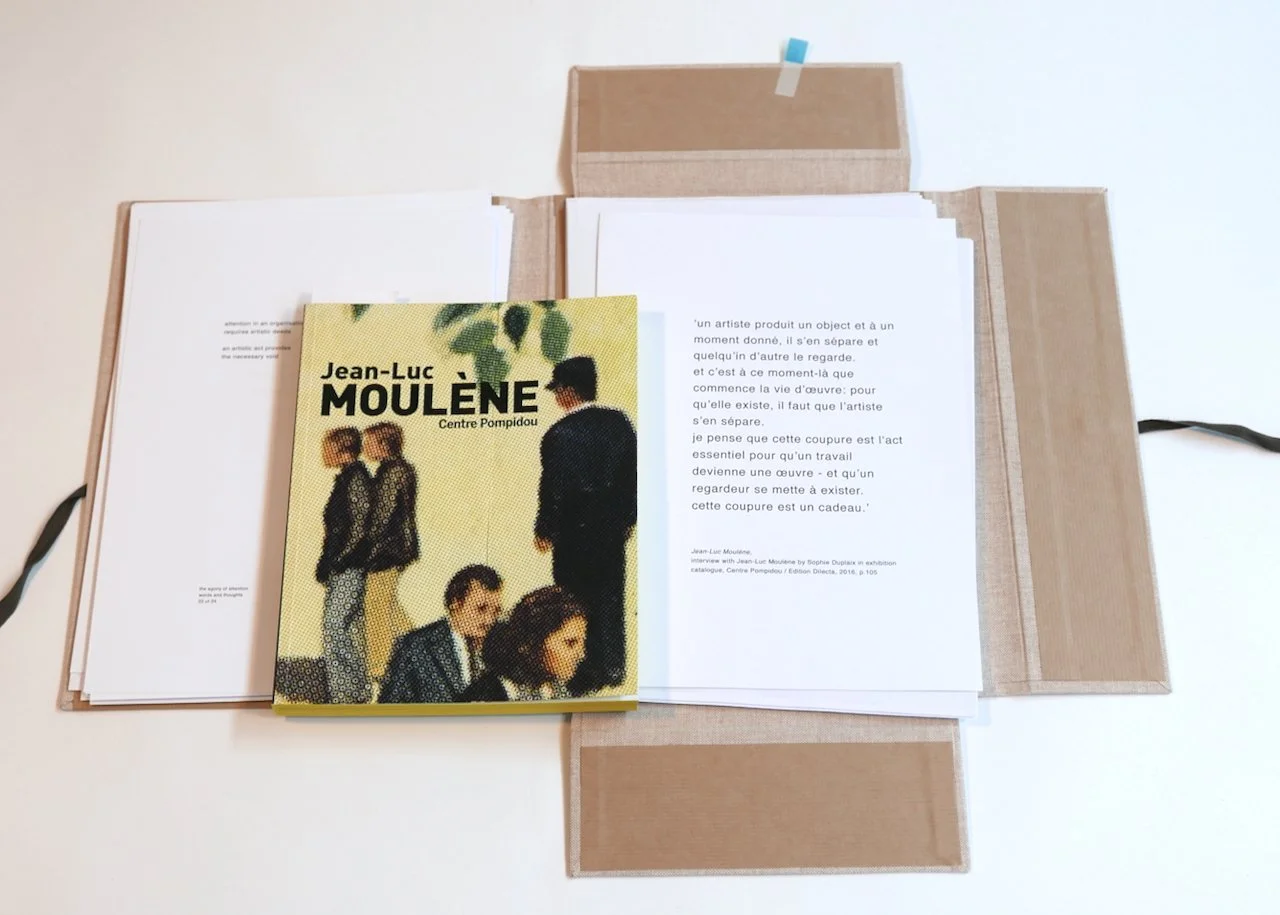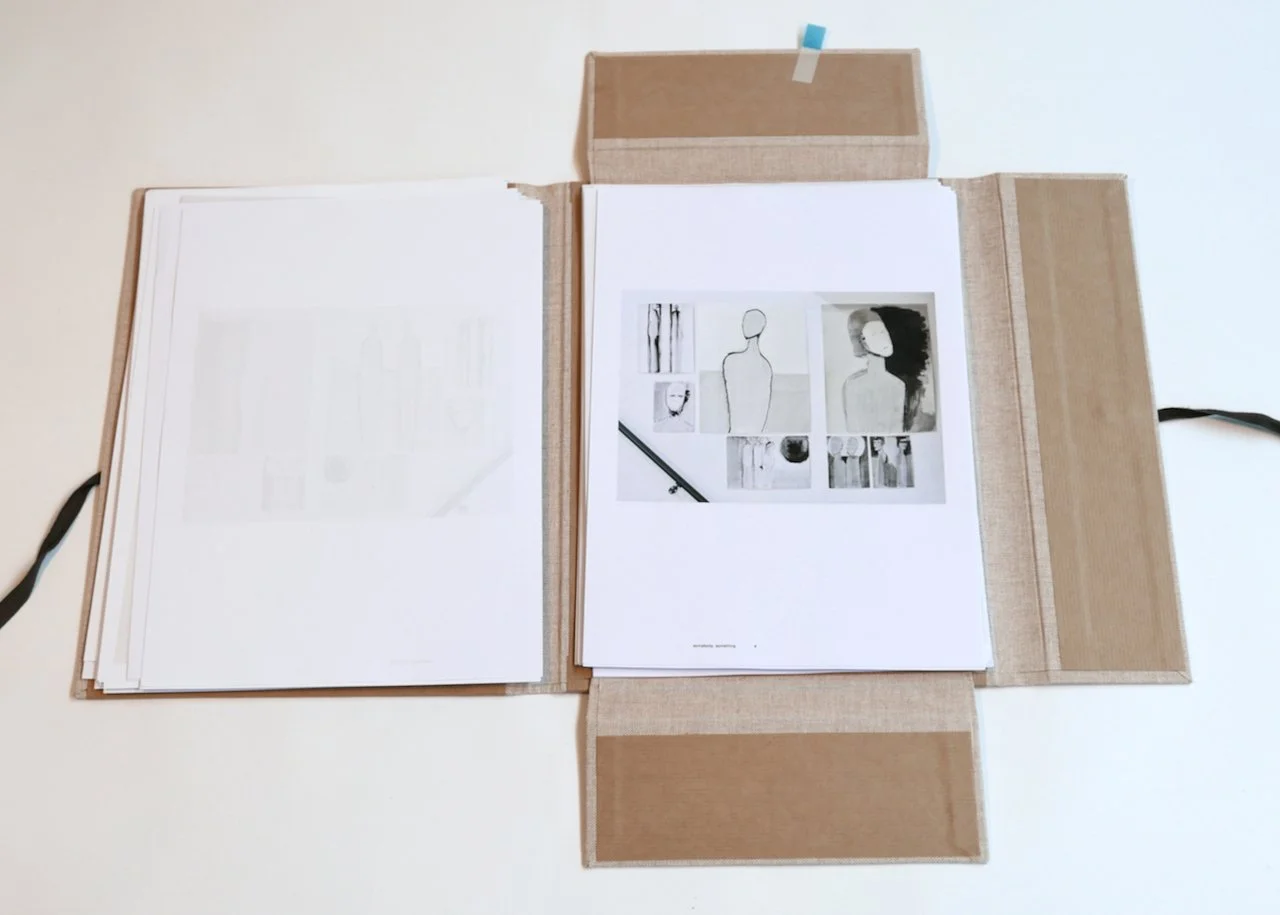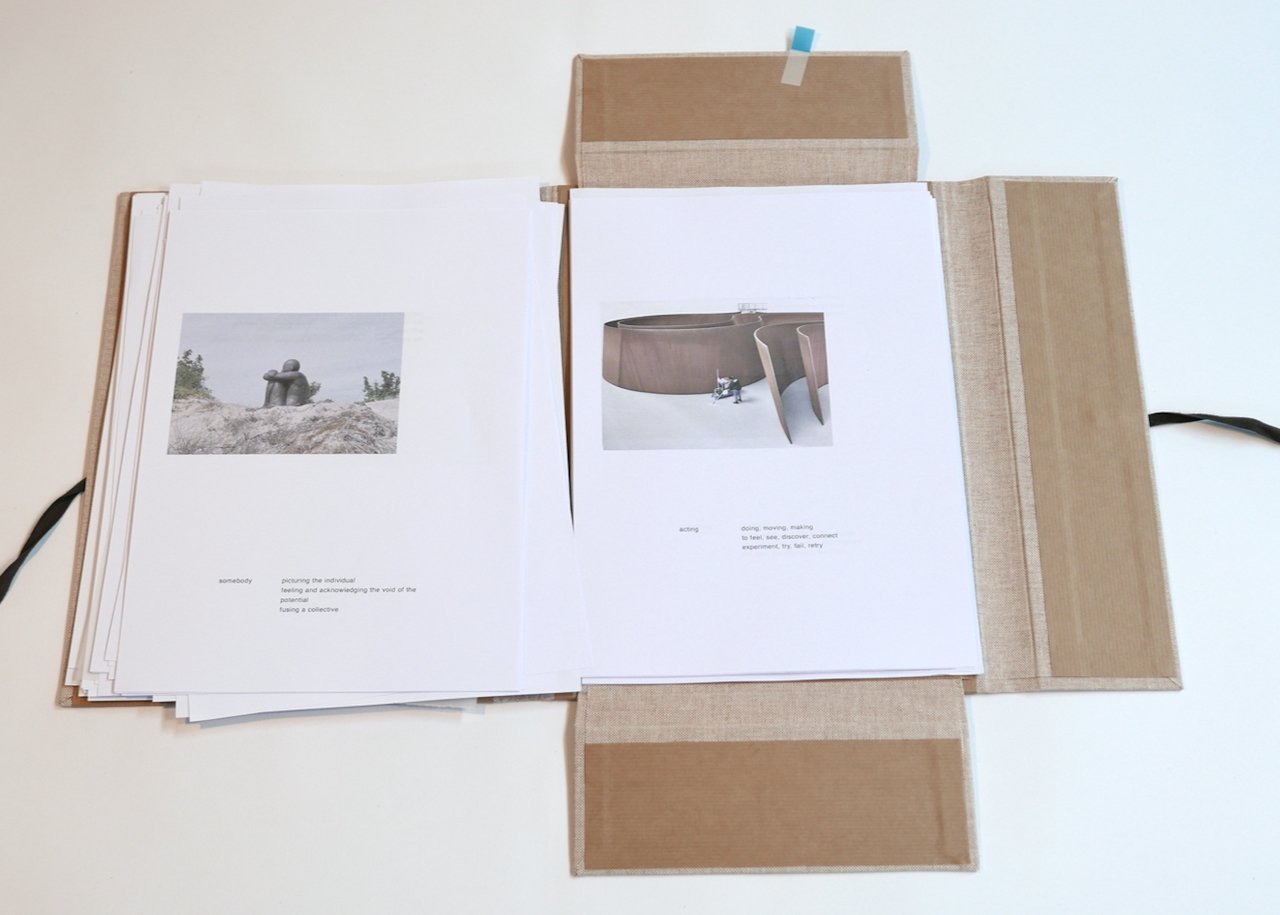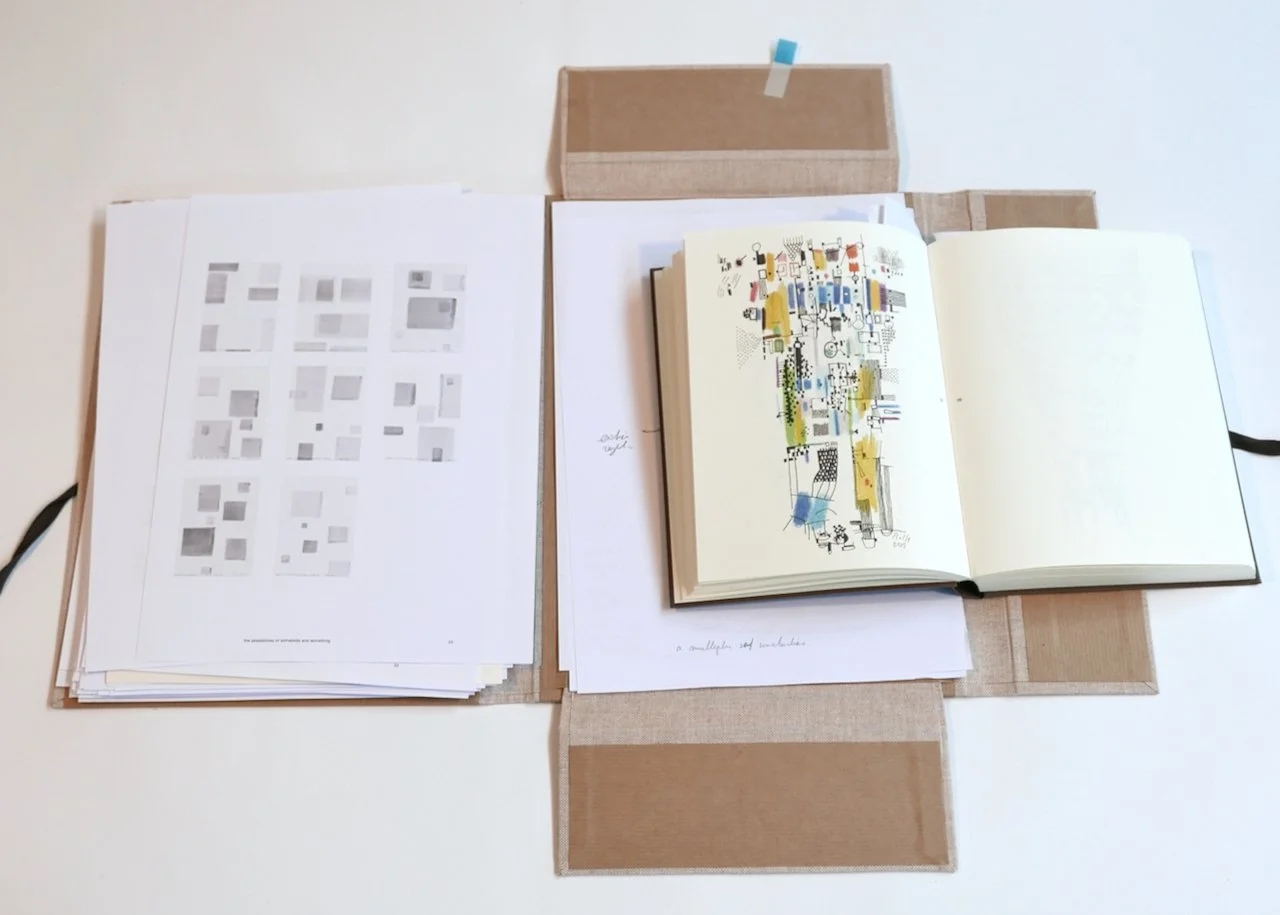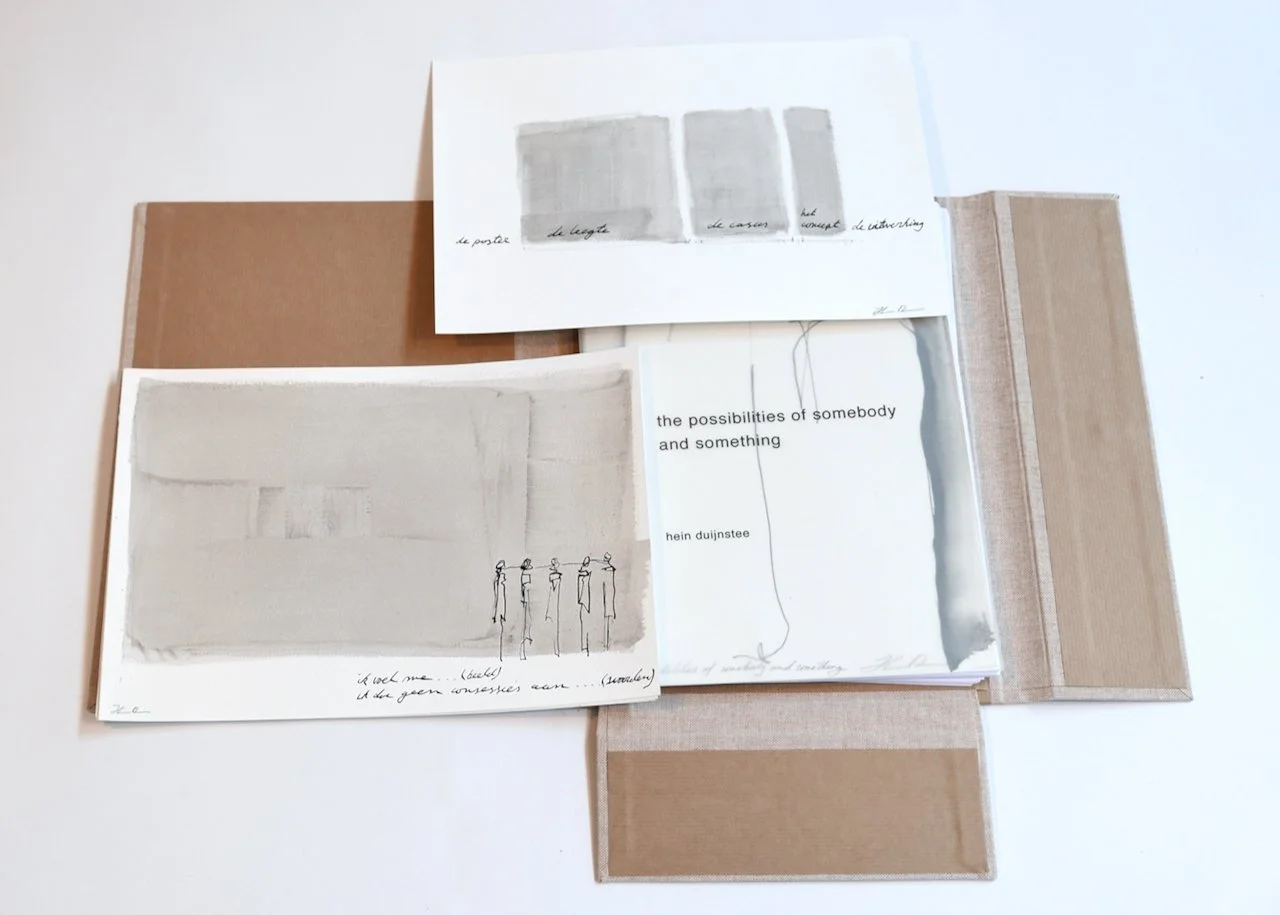art as power update #19
how to induce transformative attention
in your organisation
the illustrations are from the draft copy of the portfolio
together with some sources of inspiration
The practical and promising language of management as shown in the title of this update is miles aways from how art is talked about. So why use it in an update in a series about art as power?
In this update I want to talk about the work I recently did on the subject of the agony of attention. I took an artistic approach which allowed a more intensive and free approach on this subject. Yet it is a subject that also deeply relates to the human behaviour in those very human creations called organisations. Although I believe that art works can speak for themselves, this title could trigger some attention.
A lot of executives might find the answer on how to to induce transformative attention in their organisation interesting because it not always straight forward to win the mind space for a major shift in an organisation and alter the intrinsic doings of people.
There is an abundance of complex issues executives have to deal with at some point in their working life: the crafting of one organisation after a merger and overcoming the us and them divide, building a diverse and inclusive culture stretching over multiple countries, the rationalisation of operations and the implementation of a data driven decision practise, the decentralisation of power while replacing control by trust, the positioning in an ever evolving social media space or matching a need for a profitable modus operandi with the obligation to help save the planet.
Jean-Luc Moulène,
Exhibition catalogue, Centre Pompidou, 2016
These transformations require attention. Leaders want people’s attention to convince them about the benefits of the change or even better, actively involve them in the whole process. And the people in the organisation need to give attention in their work to the required change.
Attention is a subject that intrigues me already for a long time, not only because of its importance in finding our ways in the social structures that surround us, but also because it links so closely to whom we are as human beings. That is the reason behind initiating a stordes artlab project to find a kind of answer to the agony of attention. The supply of attention being smaller than the demand creates tensions in people’s minds, to sometimes unhealthy levels.
During the project I tried to unearth some of the essence of what attention entails. I explored words and wordings which I wrote down on separate sheets of paper. I made drawings to enhance my thoughts and to investigate how to create a visual awareness of what attention is about.
The work evoked in a kind change in focus: from the initial idea of agony I moved to a more positive outlook. It led to the idea of the possibilities of somebody and something, two essential elements of attention in that order.
140 Artists’ Ideas for Planet Earth
Edited by Hans Ulrich Obrist and Kostas Stasinopoulos
One of the intentions of the project was to see how I could transform the findings in a kind of art driven organisational practise that would act as an antidote for the agony. With that intention in mind I developed a kind of conceptual, open framework, a content rich constitution for artistic interventions to provoke profound attention.
The results of the project are composed into one portfolio (with original drawings and printed sheets with texts and images) and it consists of three parts that together make up the work. The portfolio is currently being finalised and produced in an edition of 25 copies.
The portfolio stands on its own but it is also explicitly intended to be adopted and used. In the orchestrating of concrete interventions lies the completion of the artwork.
As an inspiration for this activation the formal presentation of the portfolio (planned for 23 september 2022) will be accompanied by a brief intervention.
Bart Stolle,
Meditations for hotel rooms, 2021
But let’s go back to the title.
The transformations in an organisation are mostly initiated and executed based on a well thought out and planned process with clearly defined steps and milestones with stated objectives and results. They are based on familiar change management practices.
Adopting, adapting the constitution:
a real case for provoking attention
